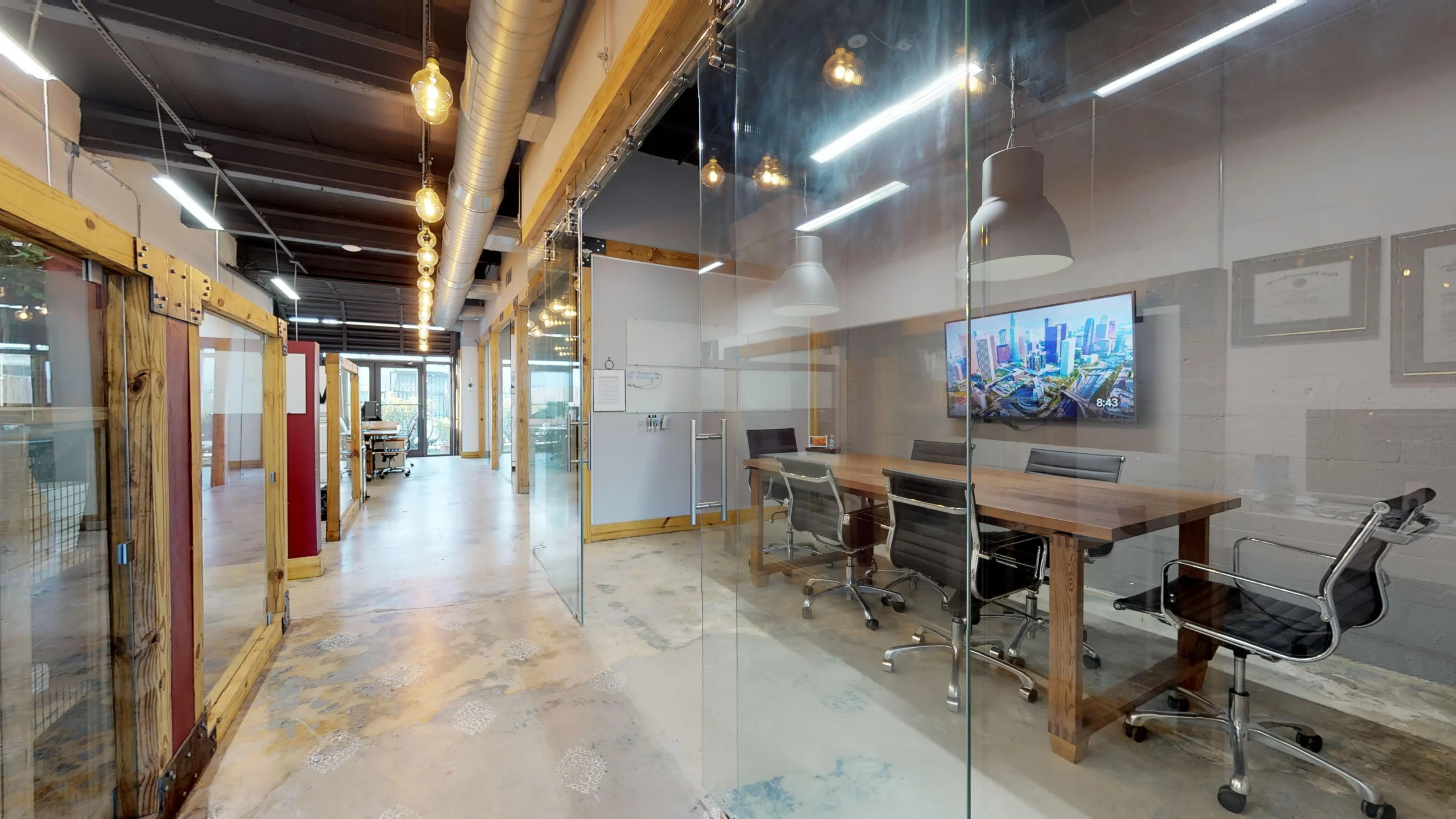In today’s fast-paced business environment, the ability to adapt to change has become an indispensable skill for entrepreneurs. Markets evolve at an unprecedented rate, technologies advance exponentially, and customer expectations are constantly transforming. In this context, businesses that do not adapt risk falling behind or even becoming obsolete. This article explores why adapting to change is crucial, how to develop a flexible mindset, strategies for implementing changes effectively, and how to overcome common challenges in the process.
Why is Adapting to Change Fundamental?
Innovation and Competitiveness: Businesses that quickly adapt to new trends and technologies can innovate more effectively, staying at the forefront of the market.
Customer Satisfaction: Customer expectations evolve continuously. Adapting to these changes is vital to maintain and improve customer satisfaction.
Risk Reduction: Anticipating and adapting to market changes helps mitigate risks and avoid potential crises.
Sustainable Growth: Continuous adaptation allows businesses to grow sustainably, adjusting to market conditions and seizing emerging opportunities.
Developing a Flexible Mindset
To adapt to change, it is essential to cultivate a flexible mindset:
Foster Curiosity: Maintain a continuous learning attitude. The willingness to acquire new skills and knowledge is key to adaptation.
Embrace Uncertainty: View uncertainty as an opportunity for growth and innovation, not as a threat.
Be Proactive: Actively seek new trends and opportunities. Don’t wait for change to force you to react.
Cultivate Resilience: Develop the ability to recover quickly from setbacks. Resilience is crucial to facing the challenges that change can bring.
Strategies for Implementing Changes Effectively
Clear Communication: Communicate the purpose and benefits of the change to your entire team. Ensure everyone understands why it is necessary and how it will affect their roles.
Training and Development: Provide training and resources to help your team adapt. This facilitates the transition and boosts confidence.
Team Involvement: Involve your team in the change process. Their insights can provide valuable perspectives and increase their commitment.
Evaluation and Adjustment: Implement change gradually and regularly evaluate its impact. Make adjustments as needed to ensure desired outcomes.
Celebrate Success: Recognize and celebrate achievements throughout the change process to keep morale high and motivate the team.
Overcoming Common Challenges in Adapting to Change
Resistance to Change: It’s natural for people to resist change. To overcome this:
- Clearly communicate the benefits of the change.
- Provide emotional and practical support during the transition.
- Involve employees in the change planning process.
Lack of Resources: Adaptation often requires investment. To address this:
- Prioritize the most critical changes.
- Find creative ways to reallocate existing resources.
- Consider strategic partnerships to share costs and risks.
Maintaining Momentum: Initial enthusiasm can wane. To maintain momentum.
- Set clear milestones and celebrate short-term achievements
- Regularly communicate progress and the positive impact of the change.
- Adjust strategies as necessary to sustain progress.
Success Stories: Companies that Adapted to Change

Change: From DVD rental by mail to streaming. How they did it: Invested heavily in streaming technology and original content. Result: Became a global leader in digital entertainment.

Change: From an online bookstore to a giant in e-commerce and cloud services. How they did it: Aggressive diversification and a constant focus on innovation. Result: One of the world’s most valuable companies, leading multiple sectors.

Change: From a software-focused company to a leader in cloud services and enterprise solutions. How they did it: Reinvented their business model and invested heavily in cloud computing. Result: Maintained relevance and growth in the post-PC era.
Measuring the Success of Implemented Changes
To ensure your adaptation efforts are yielding results:
- Set Clear KPIs: Define specific key performance indicators for each change implemented.
- Gather Feedback: Conduct regular surveys of employees and customers to measure satisfaction and the impact of the change.
- Analyze Performance Data: Compare business metrics before and after the change (sales, productivity, customer retention, etc.).
- Conduct Periodic Reviews: Schedule quarterly or semi-annual reviews to evaluate progress and make necessary adjustments.
Conclusion
Adapting to change is not just a necessity but an opportunity for growth and innovation. By developing a flexible mindset, adopting effective strategies for implementing changes, and overcoming common challenges, entrepreneurs can not only survive but thrive in today’s dynamic business environment.
Remember, the ability to adapt is one of the greatest competitive advantages you can have. As Charles Darwin said, “It is not the strongest of the species that survive, nor the most intelligent, but the one most responsive to change.”




